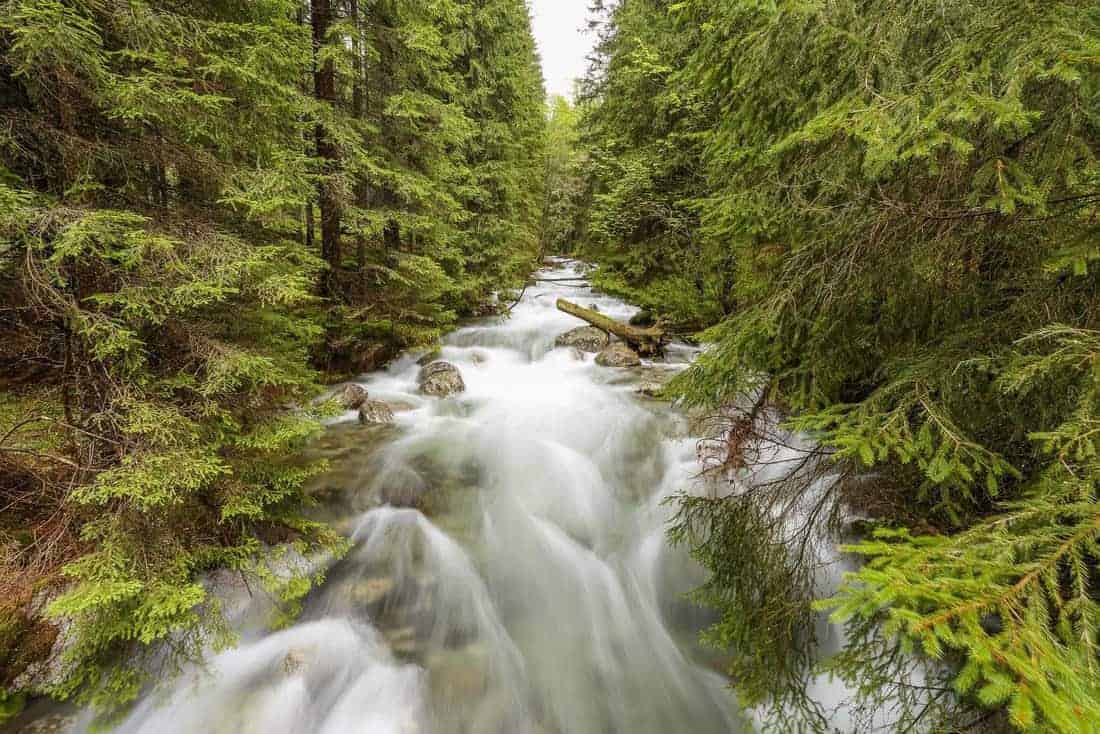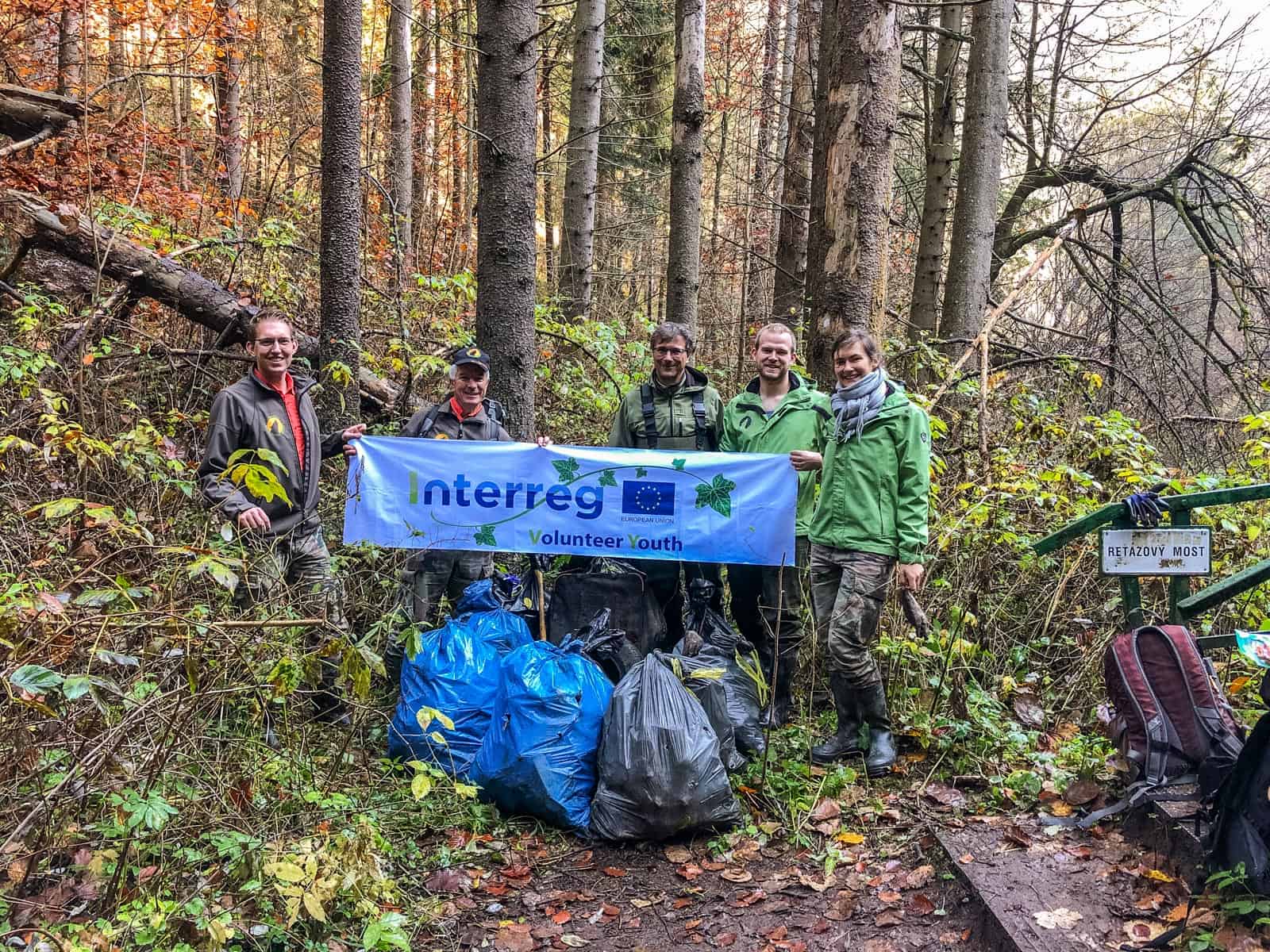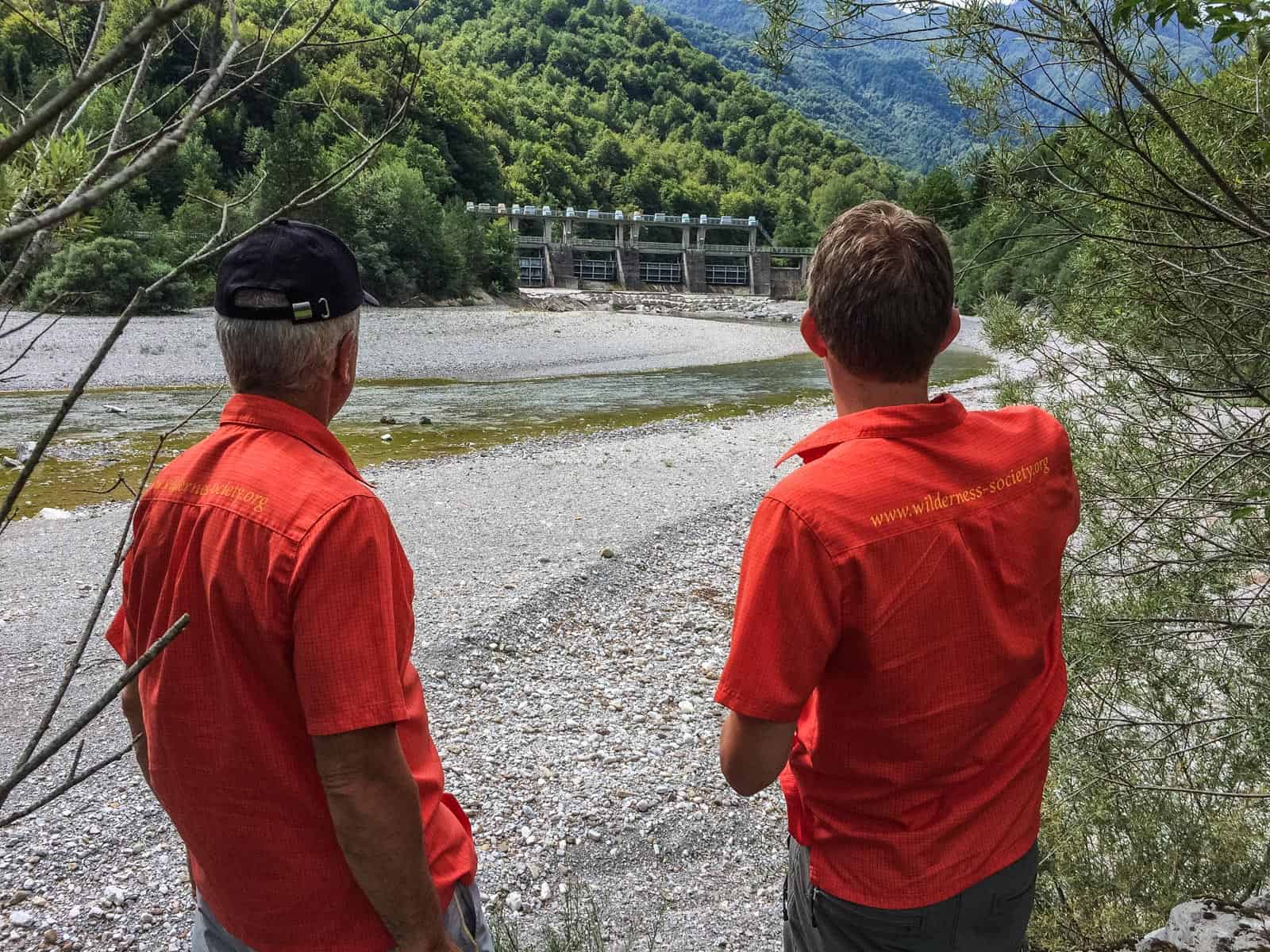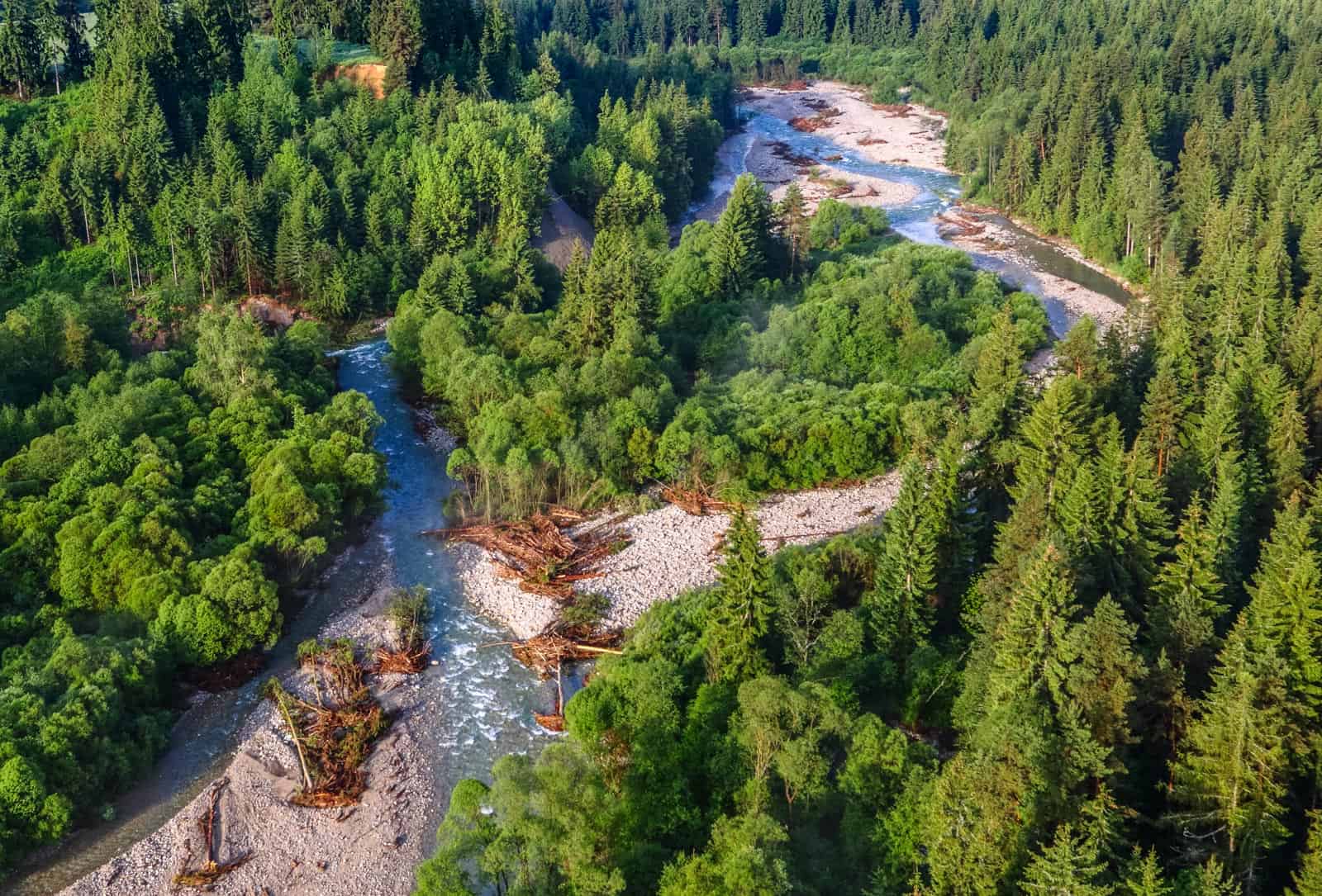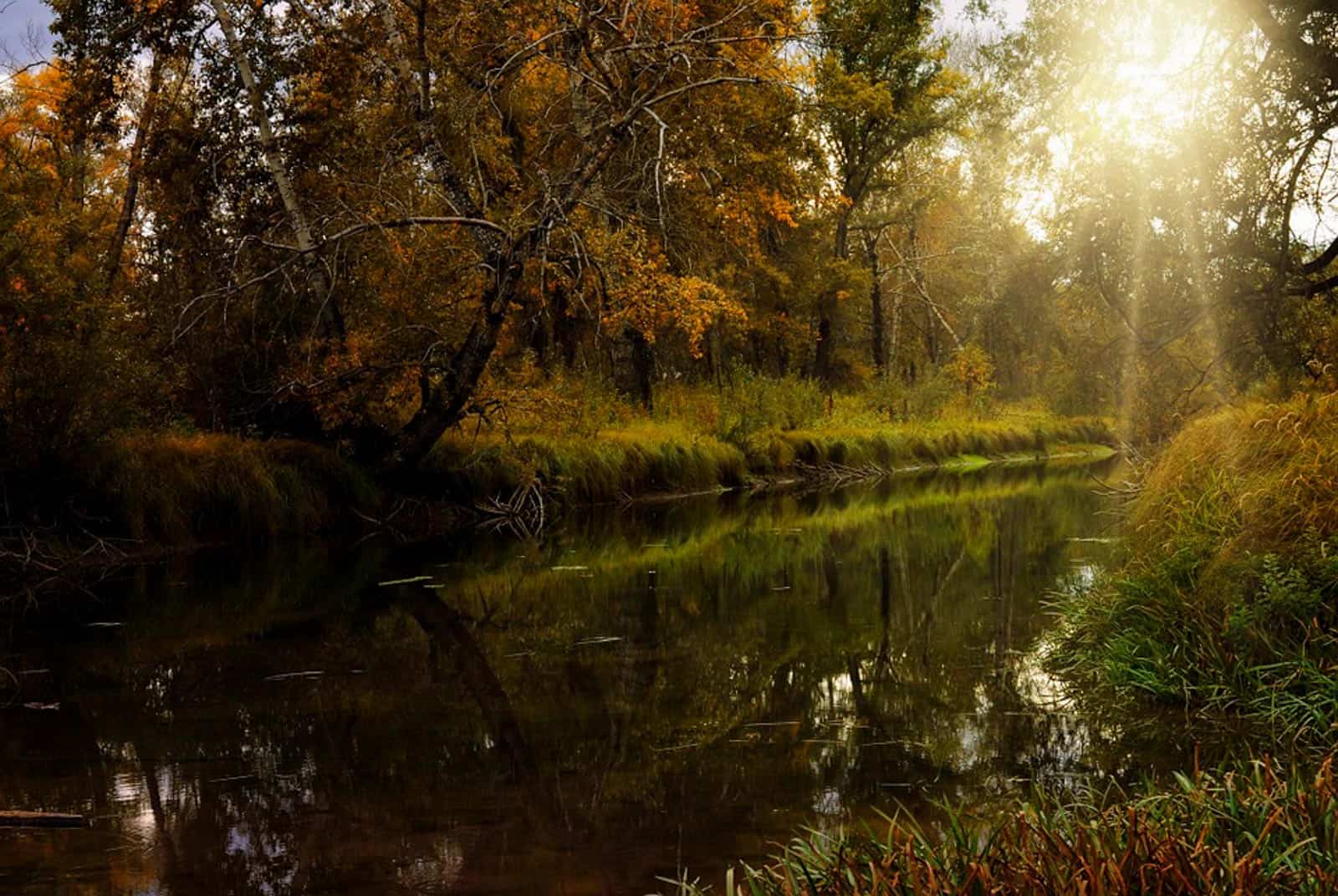International Day of Action for Rivers – Antlers detect lead pollution
Today is the International Day of Action for Rivers! In Europe, many rivers suffer from pollution, whether through chemicals, nutrients or plastics. A big culprit is the mining industry, which contaminates water bodies with heavy metals used in processing activities. In the Harz Mountains of Northern Germany for example, historical industrial activity is still impacting the Innerste River, even though the last mining took place in 1992. Heavy metals build up in floodplains as a result of flooding events, so their ecosystems are at a higher risk of being exposed to the toxic material. By contaminating the water and soil, the chemicals can easily find their way into plant and animal tissue. Heavy metals such as lead can be lethal or at least have serious effects on health, ranging from infertility to brain damage.
A new technique to monitor river pollution
Recently, scientists from the University of Hildesheim collected several antlers from roe deer that had been culled around the Innerste River. The antlers can build up a lot of lead and therefore act as a natural measuring unit for pollution in the area. The animals were likely exposed to the metal as a result of consuming plants and soil along the river. Antlers from deer that foraged around the floodplain still had high lead levels, despite the fact that the last mining activity in the Harz area was as far back as 1992. Further tests determined that the lead did in fact come from ore extraction sites in the Harz Mountains. By comparison, lead concentrations of antlers that were found in areas that were not exposed to floods have been falling for decades. This suggests that floodplain ecosystems are more vulnerable to the effects of heavy metal pollution.
How to protect floodplains
As a result of climate change, heavy rain and floods are becoming more and more common on a global scale. Therefore, even metal from old mines can find its way into floodplain ecosystems. Mitigating the effects of climate change by burning fewer fossil fuels is thus the best long-term solution to prevent river pollution by metals.
There are also ways to remove metal contaminants from water courses, such as stabilising metals in the ground. Certain chemicals can be added to the soil, which then react with the metal to form less toxic minerals. This will contain the metal in a form that plants or animals cannot absorb. Another solution is growing more plants onsite. They can reduce soil erosion and therefore stop harmful chemicals from leaking into water courses. In addition, plants such as alfalfa or juniper can concentrate lead in their tissues and “suck” it out of the environment. Of course, there is a danger of animals eating the toxic plants, so proper disposal is necessary for this to be an effective management strategy.
Brand new project to protect European wetland areas
Of course, metal pollution is only one of several problems rivers in Europe face today. Conserving wetland areas on a larger, international scale is therefore vital, for both our health and that of nature. The European Wilderness Society is taking part in the brand new ALFAwetlands project. This is a HORIZON project aiming to restore wetland areas across Europe and thus improve their ability to absorb carbon. If you would like to support this work, you can donate below!


